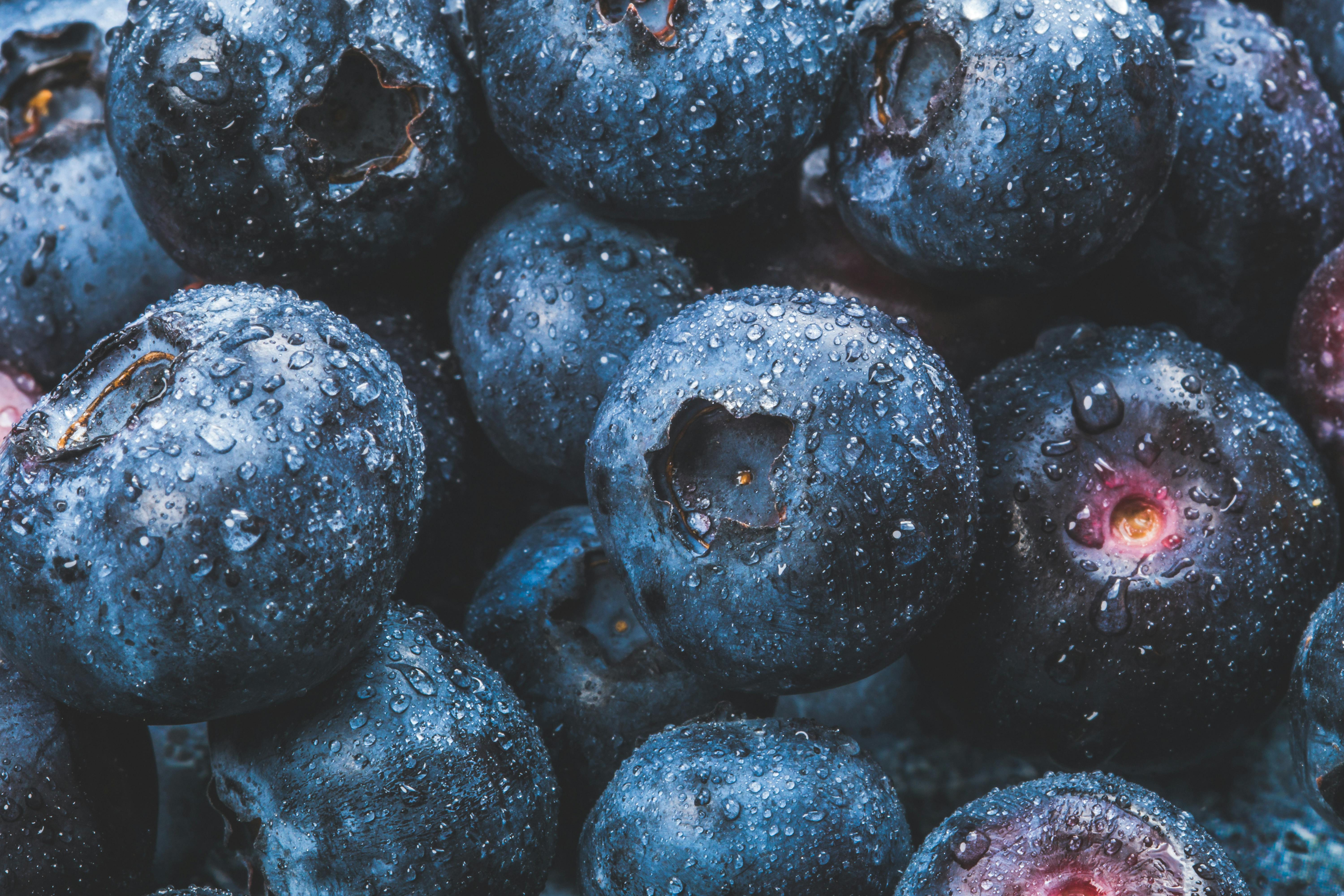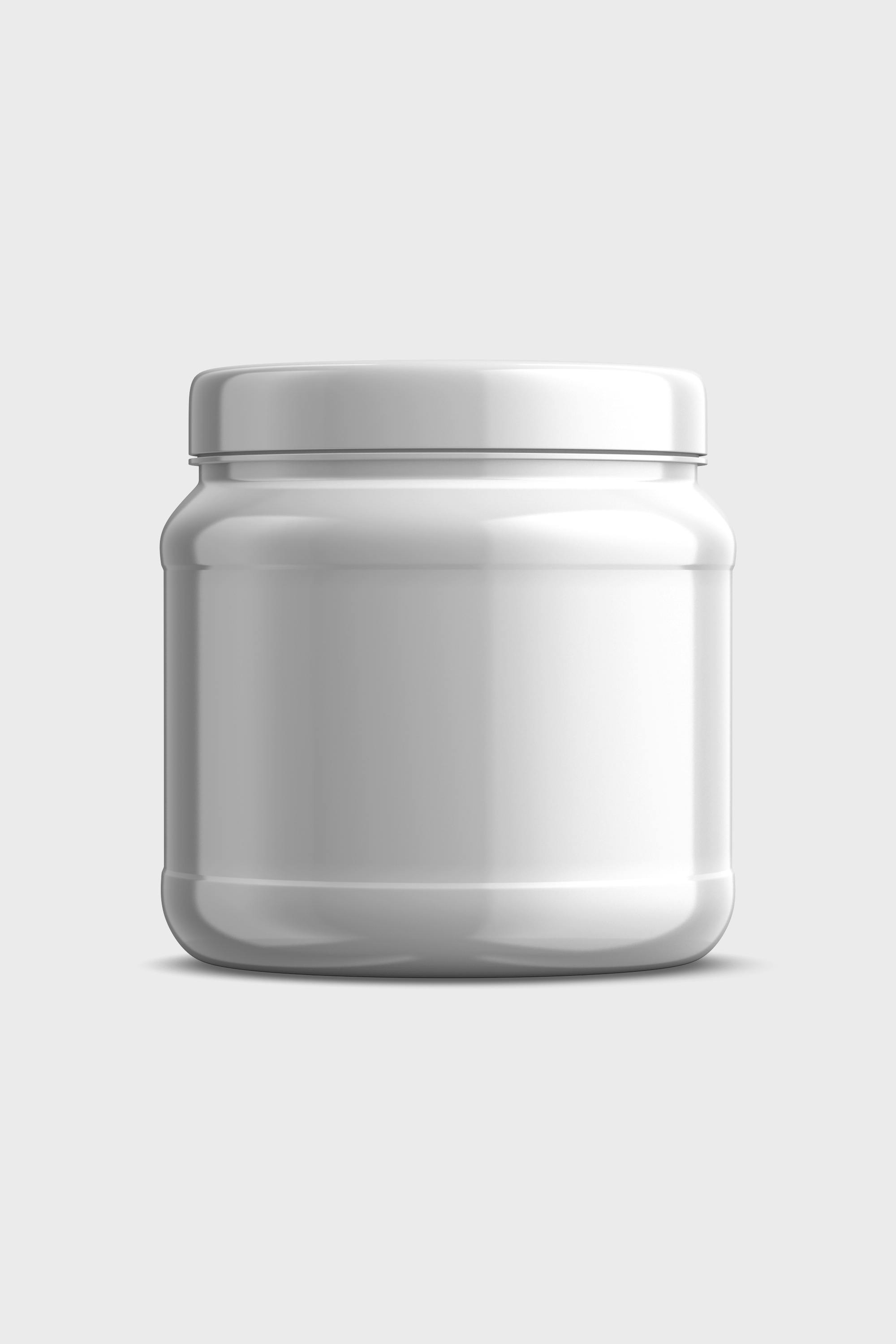
Smart Ways to Optimize Your Stick Bug Diet in 2025
As pet owners become increasingly interested in exotic pets, understanding the dietary needs of stick bugs is essential for their health and well-being. Stick bugs, or stick insects, require a carefully balanced diet that mimics their natural feeding habits. Optimizing their diet not only ensures proper growth but also enhances their ability to thrive in captivity. In 2025, the focus on the stick bug diet will include an emphasis on natural habitat equivalents and nutrient-rich food sources.
This article will delve into the best practices for feeding stick bugs, including their preferred foods, seasonal diet variations, and diet-related health considerations. You’ll learn about the optimal stick bug feeding schedule, the importance of diversity in their diet, and how to recognize hunger signs. We’ll also explore specific dietary needs for various stick bug species and provide expert recommendations for maintaining healthy stick insect habitats.
By the end of this guide, you’ll be equipped to create a nutritious feeding regimen tailored to your stick bug’s specific requirements, ensuring a happy and healthy pet.
Understanding the Leaf Diet of Stick Bugs
Stick bugs predominantly thrive on a leaf-based diet. In their natural habitat, these insects consume various leaves, making it essential to replicate this aspect in captivity. Research indicates that specific leaves provide optimal nutrition, with variations depending on the stick bug species.
Top Leaf Choices for Stick Bugs
When selecting leaves for your stick insects, focus on broad-leaved plants that are rich in moisture and nutrients. Some of the best plants for stick bugs include:
- Brambles (such as blackberry and raspberry)
- Eucalyptus
- Oak leaves
These options not only mimic their natural environment but also provide necessary vitamins and minerals. It’s crucial to avoid toxic leaves, such as those from the poison ivy plant, which can be harmful to your stick bugs.
Nutritional Value of Leaves for Stick Bugs
The nutritional value of leaves significantly impacts stick insect health. Leaves typically contain carbohydrates, proteins, and essential vitamins. They are also high in fiber, which aids in digestion. It’s important to rotate the types of leaves provided to ensure that your stick bugs receive a comprehensive nutrient intake.
This diversity in their diet helps to prevent nutritional deficiencies, promoting better growth and longevity. Moreover, it simulates the foraging behavior they would exhibit in the wild, promoting natural instincts.
Feeding Guidelines for Captive Stick Bugs
Feeding juvenile stick bugs requires different strategies than adult stick bugs. Understanding their life stages is critical for providing an appropriate diet.
Feeding Juvenile Stick Bugs
Juvenile stick bugs have smaller dietary needs and require softer, more tender leaves for easier consumption. For instance:
- Young bramble leaves
- New growth from popular trees
Juveniles should be fed daily, given their rapid growth rate. Ensuring fresh food options will encourage their consumption and help them thrive.
Adult Stick Bug Diet Considerations
As stick bugs mature, their food preferences may shift. Adult stick bugs can eat tougher leaves and enjoy a wider variety of plant-based foods. Consider introducing:
- Herbs like basil and parsley
- Various leafy greens such as kale and dandelion greens
Understanding stick bug plant preferences is essential, as they may refuse foods they aren't familiar with. Monitor feeding habits closely to ensure they're consuming adequate nutrition, which can also be linked to their breeding and overall health.
Seasonal Feeding of Stick Bugs
Feeding strategies may vary with the seasons, influencing the availability of fresh food sources. In the spring and summer months, many plants flourish, offering more options. Conversely, winter may present challenges due to fewer available leaves.
Adapting the Stick Bug Diet Throughout Seasons
During colder months, consider using dried or preserved leaves to supplement their diet. While fresh leaves are preferable, well-prepared dried options can provide essential nutrients. You can also forage for suitable seasonal foods and ensure a varied diet throughout the year, preventing diet-related health issues.
Selecting Seasonal Foods for Optimal Health
Recent studies suggest that certain plants remain nutritionally viable throughout the year. Research on seasonal changes in stick bug feeding habits could guide the selection of foods that retain nutritional density, even when dried. Consider rotating food sources periodically to maintain interest and nutrition.
Common Mistakes to Avoid When Feeding Stick Bugs
Providing the right nutrition is critical for stick insect care, but many common feeding mistakes can impact their health.
Feeding High-Starch or Processed Foods
One of the biggest misconceptions is that stick bugs can eat standard pet insect diets or starchy vegetables, which can lead to obesity and health complications. Stick bugs thrive on a natural leaf diet, so prioritize fresh vegetation over processed options.
Neglecting Water Needs
Another common mistake is overlooking water requirements. While stick bugs get hydration from fresh leaves, they may require additional water sources during dry seasons. Misting their habitat or offering water droplets on leaves can be a simple solution to ensure hydration.
Recognizing Hunger Signs in Stick Bugs
Understanding feeding cues is essential for ensuring stick bugs are adequately nourished. The stick bug's behavior while foraging or their general activity levels can indicate hunger.
Common Hunger Signals of Stick Bugs
Signs of hunger include:
- Increased movement within their habitat
- Excessive grooming
- Inactivity, which may indicate a reluctance to feed
Being attentive to these signs ensures that you can adjust their feeding schedule and avoid starvation which can lead to dietary deficiencies.
Providing a Balanced Diet for Stick Bugs
Maintaining a well-rounded diet for stick bugs is about balance. Here’s how to achieve that.
Incorporating Variety in Stick Insect Diets
Introduce a variety of plants to ensure a broader range of nutrients. Mixing staples like bramble leaves with occasional soft vegetables creates a diverse diet. This can include:
- Recommended vegetables: cucumber and zucchini
- Fruits for added sugars: apple slices or banana peels
Always ensure that any plants provided are pesticide-free and safe for insect consumption. Using organic sources can help mitigate harmful chemical exposure.
Monitoring Stick Bug Health Through Diet
Regularly assessing the health of your stick bugs can reveal much about their diet. Signs of poor diet include lethargy, weight loss, and reduced reproductive success. Adjust feeding based on their condition—implementing a replenishing approach to their diet may yield positive health changes.


Conclusion: The Future of Stick Bug Nutrition
Optimal nutrition for stick bugs hinges on a combination of diverse feeding practices, seasonal adjustments, and keen observation of dietary habits. As we advance into 2025, embracing these practices will contribute to healthier stick bug populations in captivity. By continually adapting and optimizing their diets, stick insect caretakers can ensure their pets thrive and exhibit healthy behavioral patterns.
Expert Recommendations for Effective Feeding
Stay informed about emerging research on stick insect diets, engage with community resources for updated feeding practices, and consider collaborating with entomologists or specialists in insect care for tailored advice. Through knowledge and care, stick bugs can lead long, healthy lives as captivating pets.